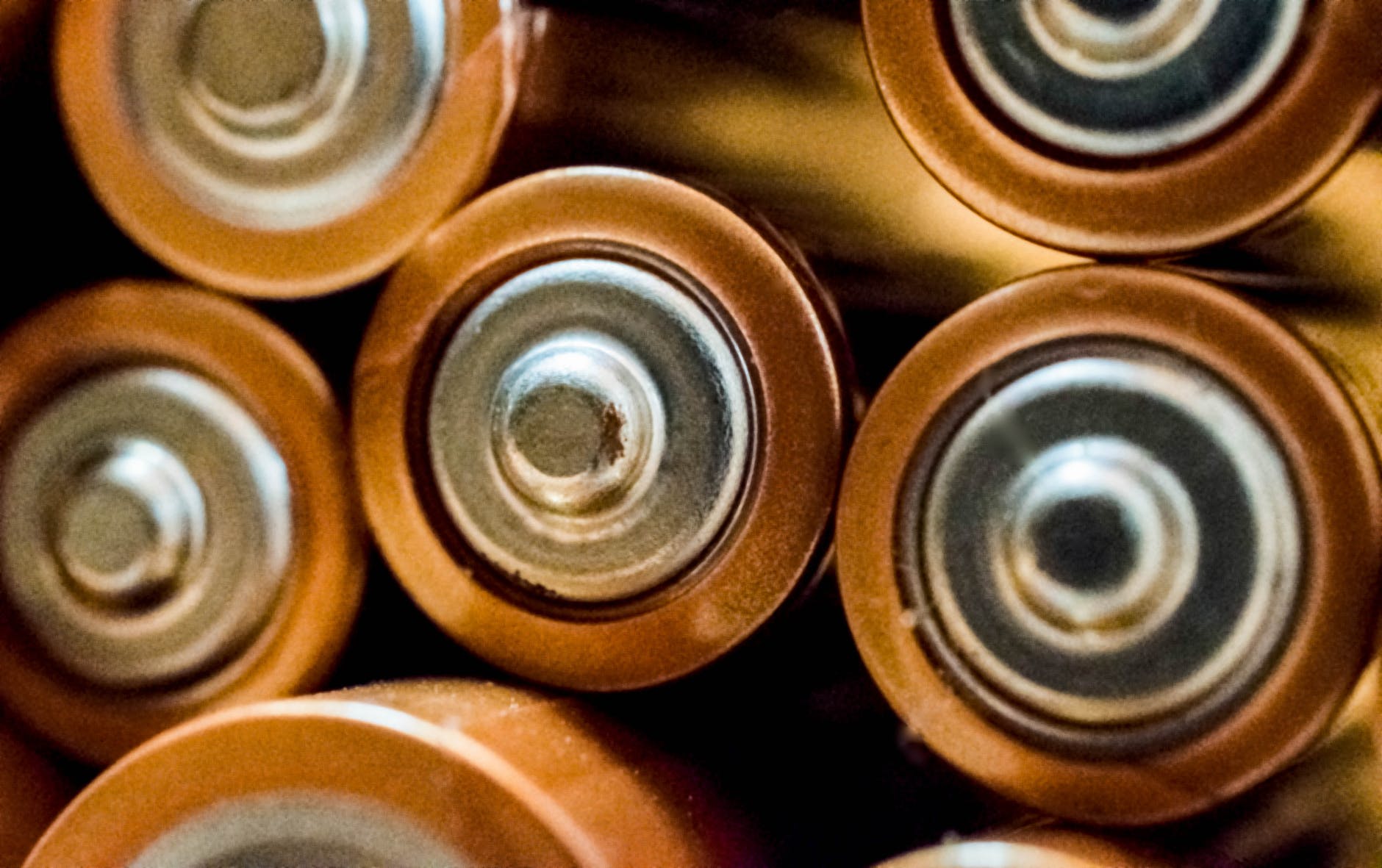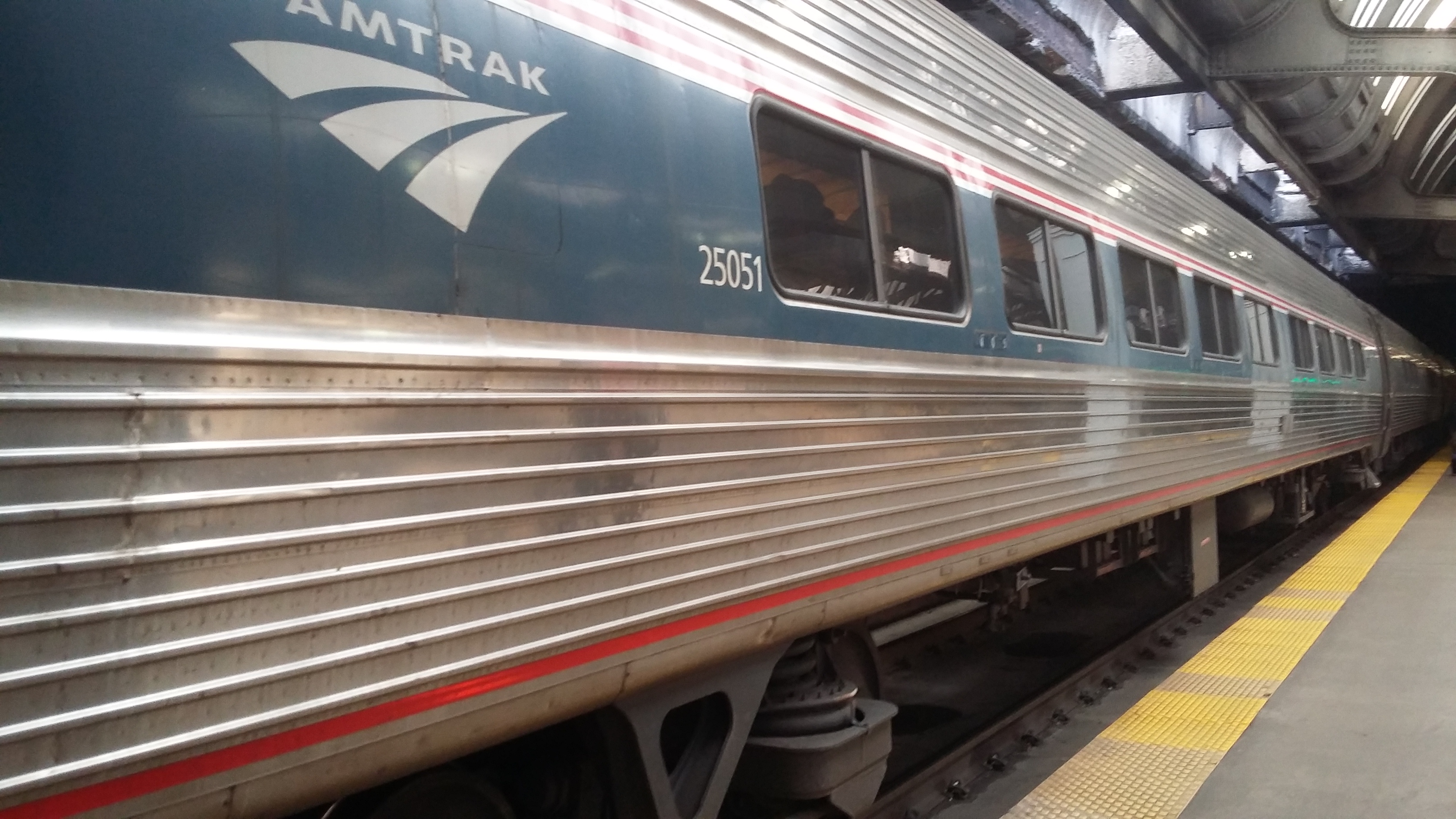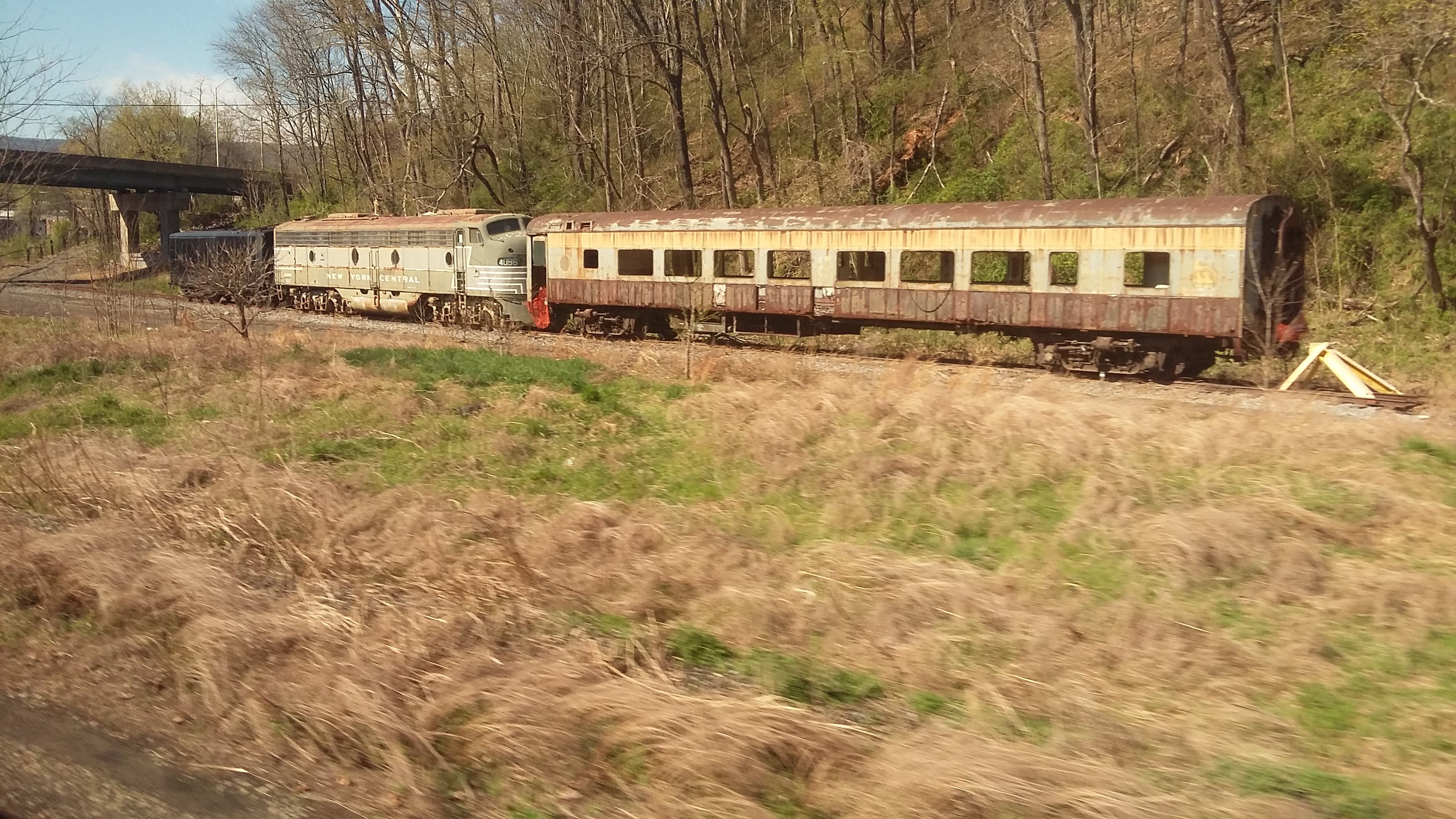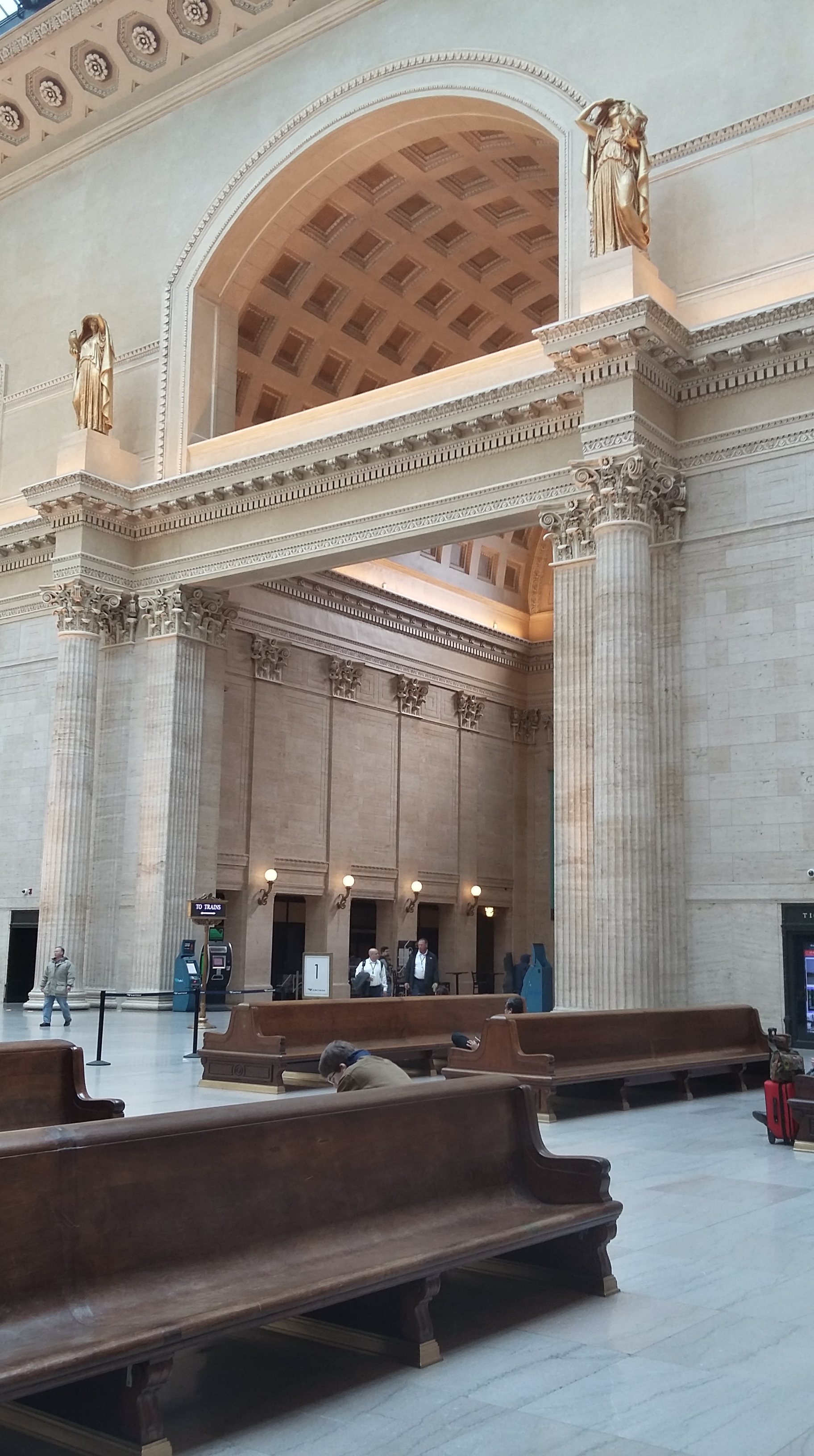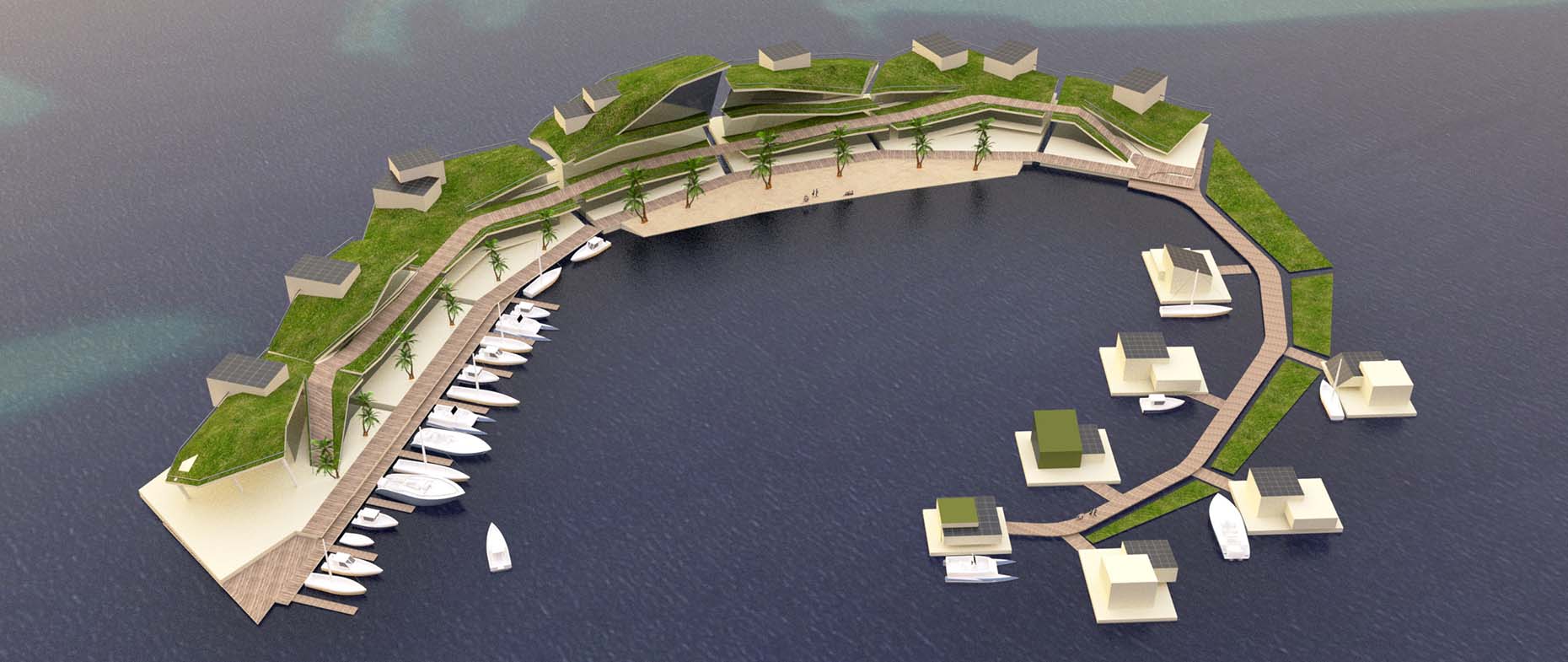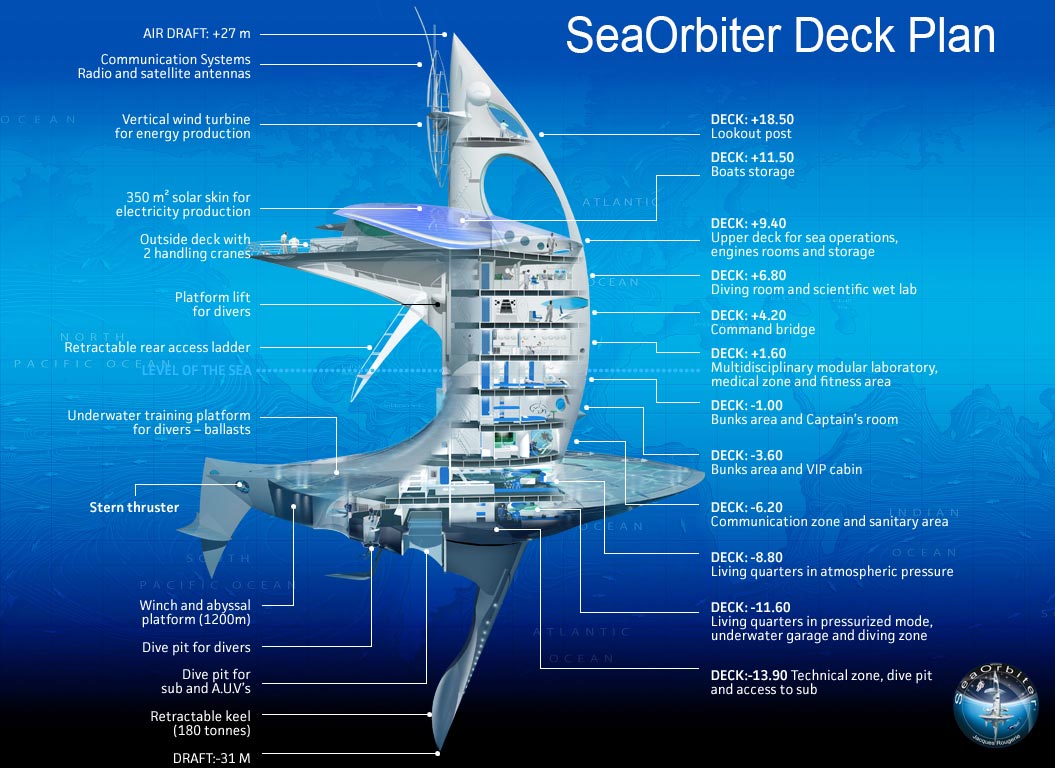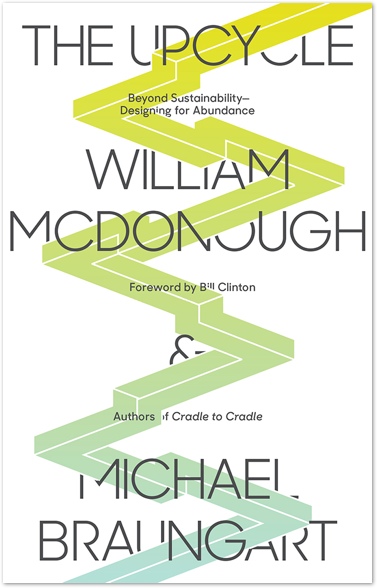
I didn’t get to ride on the Acela, but it was there when we got into the station.
On a recent trip up to D.C., my wife and I decided to leave the car at home. During our time here in Virginia, we’ve been to D.C. dozens of times for work or play, but we’ve always driven from our home to Alexandria or the District itself. Once there we would take the Metro or walk, but driving in NoVa and DC isn’t something I’d describe as fun. Now that we’re in an Amtrak town, however, it seemed like the perfect time to try traveling together without the car.
Walking a couple blocks to the bus station in Charlottesville, we were whisked away toward the Amtrak station. Minutes later, we got off the bus and walked over to the train station which included lugging our suitcase down a rather large staircase. This seems like one of the many places where Charlottesville’s non-motorized infrastructure could be improved, particularly for those with disabilities. I believe there is a way to get there without taking the staircase, but it requires going a much longer way from the bus stop.
As you may recall, I took my first Amtrak trip this spring, so I was surprised by the massive number of people at the station this go round. My wife suggested it was because of the holidays, which made sense with it being the Monday after Thanksgiving. In any case, the hundred or more people waiting on the train was a great difference from the twenty or so this spring.
Riding the train from Charlottesville to D.C. was uneventful, with only a short delay by Alexandria to wait on another Amtrak unloading their passengers at the station. I was able to doze while my wife worked on her laptop. The Northeast Regional seems to have slightly smaller seats than the Cardinal but is still vastly more comfortable than a plane ride.
After we got off the train at Union Station, we were able to hop the Red Line Metro to our hotel. After settling in, I walked down the street to get some food, and ran across oodles of bike and scooter sharing vehicles. In Charlottesville we have Lime and VeoRide scooters, but D.C. is a much bigger town, so while it’s no wonder they have more options, it was still staggering. I took a screenshot of my Transit app to show all the little dots by the Zoo Metro stop, but it doesn’t even show some of the options like the Revel moped rental.

Bike, scooter, and car shares available near Woodley Park
Having grown up in a relatively rural area of Missouri, I’m still amazed at all the different alternative modes of transit available. There, your transportation options were car, truck, or subsidized shuttle bus for certain subsets of the population. I’m really looking forward to a solarpunk future where it’s even easier to get around without a car. The group, Virginians for High Speed Rail, is currently working toward building out the rail network here in Virginia, and I know there are others calling for true investment in cross country high speed rail here in the United States. Since high-speed rail is less environmentally taxing than air travel, and generally faster for trips less than 430 miles, I think it’s a solid infrastructure investment the country should be seriously examining.

Virginians For High-Speed Rail Map
Until then, I’ll have to be content with short haul rail service that is comparable to car travel times along the Eastern Seaboard and only do long distance rail when I can afford the time. That said, having access to D.C., New York City, and Boston without having to pay for parking in any of those cities or deal with the headaches of driving will give me a glimmer of the future we want.
Have you had any eye-opening experiences on public or shared transit? What changes would you make to build a better transportation network in your area? Let us know in the comments!








